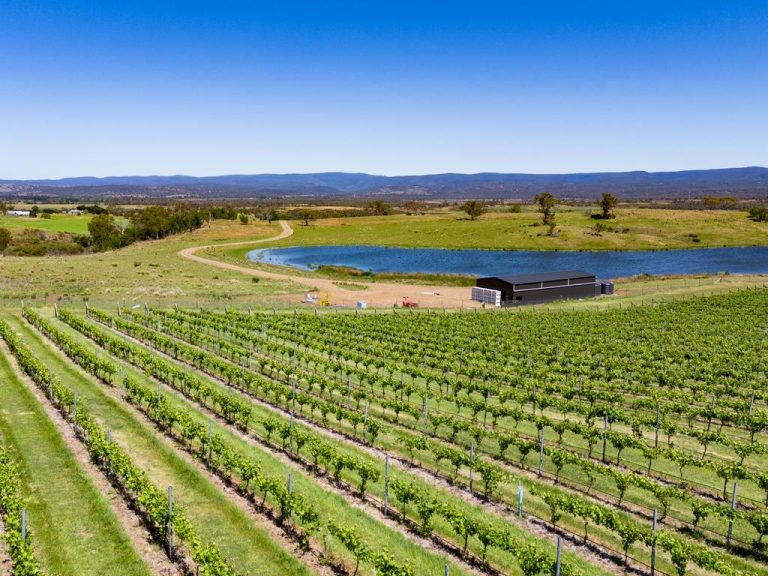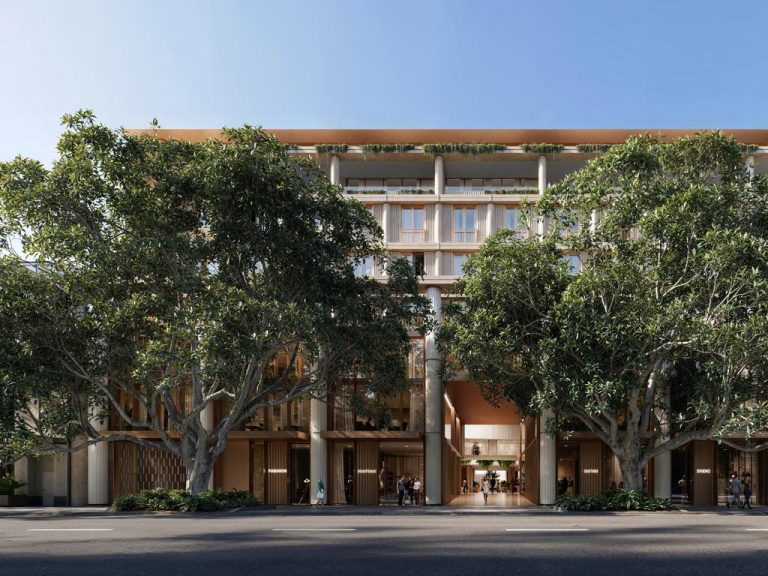Home truths: investors must take centre stage in rental crisis fix

Construction Real Estate Thinkstock Picture: Supplied/thinkstock.com.au
Solving the national home rental crisis will require a recognition of the critical role investors play in underpinning the market and clearing of barriers that have prevented developers from delivering more supply, according to an industry forum.
The group of developers, property owners and managers, tenant representatives and policymakers convened by the REA Group has called for reforms to drive better outcomes for renters and has shown the crucial nexus with needs of investors.
The call comes as the federal government advances its plans to boost supply by 1.2 million houses over the next five years, with key market players advocating a profound shift in policy to ensure that housing supply meets the needs of Australians.
The building of new homes is lagging after years interrupted by the pandemic, supply shortages, builder collapses and higher interest rates, which have fed into soaring rental levels. While the stress on home rents has stabilised, it is stuck at high levels, affecting both renters and the wider economy’s prospects.

High angle view of new housing development in rural Victoria.
REA convened the industry grouping as a step in addressing the crisis with initial meetings held in NSW, with Victoria to follow, as rental stress has hit both markets hard.
The initiative, led by REA’s chief customer officer Kul Singh and senior economist Paul Ryan, is in keeping with calls from major developers to keep up the momentum for reform in the wake of the national cabinet’s housing and renters package.
Mirvac chief executive of development, Stuart Penklis, welcomed the national cabinet initiatives on easing the housing crisis.
“It is pleasing to see housing supply acknowledged as the critical solution to Australia’s housing crisis,” he said.
“We support the establishment of targets and performance-based funding to incentivise state and territory governments to deliver this much-needed supply.”
Mr Penklis said that a competitive funding program for essential services, amenity and building planning capability was also critical.
“All levels of government need to work together, alongside industry and the community, on a co-ordinated plan and approach to help unlock a diverse range of housing across the country – we need all types of housing to solve this crisis,” he said.

New houses under construction.
Mirvac builds traditional houses and units as well as new style build-to-rent towers and land lease estates.
Mr Penklis called for action to follow the long debate about housing.
“We have seen significant debate about this issue over many years and now is the time to put a holistic strategy in place to deliver a progressive, sustainable and diverse housing plan,” he said.
Lendlease was also hopeful about the direction of housing policy after the cabinet meeting and noted the rising pressures on the market.
“We welcome the co-ordinated approach from the national cabinet, but we need to see the actions implemented without delay to ensure we’re ready for the forecast growth in migration and to ease the current housing affordability pressures being felt nationwide,” Lendlease Australia CEO Dale Connor said.
REA’s Mr Singh said there was significant pressure in the rental market nationwide, particularly in NSW, where there was a need for pragmatic solutions which aided property developers, managers, renters and investors.
REA numbers show that rental vacancy rates nationwide are around half the level they were prior to the pandemic, with conditions stabilising recently after rent hikes of about 15 per cent.
Mr Singh said it was critical not to penalise investment in housing, as it was crucial to stimulate the demand for housing developments. “The lion’s share of these investment purchases are by mum and dad investors,” he said.
“We need to find a way to incentivise purchasers because at the moment investors are selling and not purchasing.”
Residential developers are also being hamstrung by higher costs, difficulties in locking down scarce labour and low consumer confidence in developments after a series of quality scandals. These issues are adding to project delays that started when Covid-19-related restrictions hit work sites.
With projects down significantly, winning investors back is critical.
The Housing Industry Association’s latest monthly survey of largest volume home builders in the five biggest states showed sales in the three months to July were down by about one third on the same period in 2022.
Mr Ryan said there were “green shoots” in the investor market as it had slowed less than other segments and rental stock was growing around about the same levels as before the pandemic. But the interruption has left a big gap.
“Supply is about 200,000 rental properties behind where it would have been had we not had the pandemic and all the associated obstructions,” he said. “I think there could be more incentives, particularly in driving more development.”
Strong rent rises were drawing more investors into the market, but Mr Ryan said that many were kept on the sidelines by regulatory uncertainty. He cited land taxes and pushes for potential changes to negative gearing or capital gains tax, as issues.
Mr Ryan said that the national cabinet needed to treat the investor side of the market holistically and recognise its critical role in providing rental accommodation across the country.
“There was the developer side, there was the renter side, and there was nothing about the investor in the middle that kind of bridges the gap between those two,” he said.

Crane On Construction site
Mr Ryan said the crisis required multifaceted responses, as conditions for renters were affected by multiple laws. But solving the problem ultimately comes down to addressing the lack of housing supply.
He said in addition to boosting co-ordination at different levels of government, it was critical to also unlock the existing housing supply, and to aid investors.
“The market is two-sided. For renters to have a rental home, we need investors to be incentivised, so we can’t just be demonising the investment side of the market,” he said.
REA analysis has noted the role of rising immigration in adding to housing demand this year but noted that rental markets had tightened even earlier and identified the structural shift of people wanting more space after the pandemic.
This could be where using the existing stock of housing more efficiently comes into play, with the concentration of large family homes near CBDs with spare bedrooms untapped.
Mr Ryan said reforms to stamp duty to incentivise people to move to homes that are more appropriate to the stage of life and reforming land tax should be considered.
“If we incentivise people to move more often into more suitable homes, that would unlock capacity,” Mr Singh said.
He said government announcements on supply were positive as was improving renters’ rights, but he urged governments to avoid rental caps which could impede efforts to build confidence in investing.
Mr Ryan said the forum showed that periodic government development drives needed to be broadened across more suburbs in key cities, and the burden of rezoning should be shared across more areas. More radical solutions could also be on the table to spark projects.
“Could there be some government risk sharing for particularly large projects around things that are out of everyone’s control,” he said.
With the pandemic, supply constraints, and global uncertainty, governments may even play a role in partnering with the private sector to get more projects to a viable stage, he said.
More housing is at last on the agenda.







